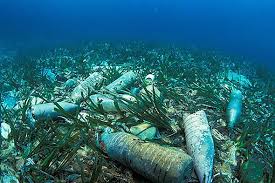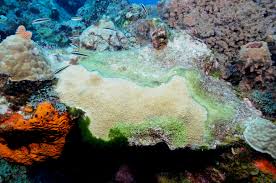1. Climate Injustice: The Real History of the Maldives

2. How to Swim Safely with Sharks
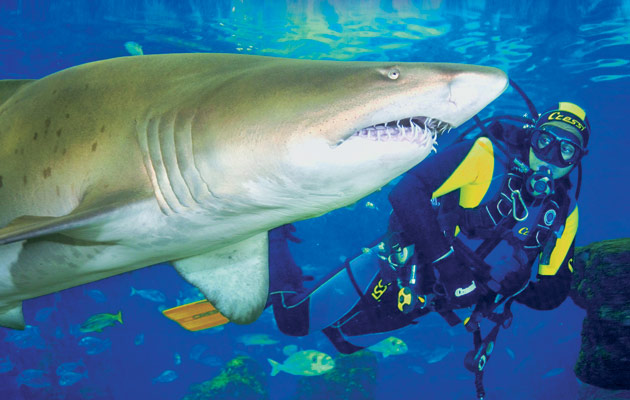
We see pictures of humans swimming alongside sharks every day. You may be asking yourself, how do they do this? A photo essay documenting the One Ocean Diving program shows us the details and magnificence of the shark species.. Read more…
3. Sea Urchins and Sand Dollars Provide Evolution Insight
A study by Melanie Hopkins, an assistant curator in the American Museum of Natural History’s Division of Paleontology, and Andrew Smith, a paleontologist at the Natural History Museum, London, recently reviewed the evolutionary changes of the echinoid family. Echinoids were ideal to study the progression of evolution on because they have interlocking calcite plates. Generally, a fossil based study like this one would reveal that organisms diversify fastest in early evolutionary history. For this group of organisms, research shows that the rate of evolution has actually increased over time. Read more…
4. Sharks Found Dead, Finned in Miami Beach
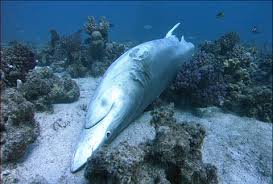
This week a bull and hammerhead shark were found washed up on the coastline of Miami Beach. Both of these sharks were found with their fins removed. These sharks were likely victims of a slow, painful death after their fins were removed. Although shark finning is a banned practice in many areas of the world, the illegal activity continues. Read more…
5. Sea World to End Public Dolphin Feeding
Although it has been a popular tourist activity, SeaWorld has announced that they will no longer allow visitors to feed the dolphins. This has been banned because of this risk to dolphins and the untrained public. SeaWorld is the last attraction that has implemented this ban. Read more…
6. Miami’s Choice: Bigger Ships or Coral Reefs?
Biscayne Bay was once home to one of the most vibrant coral reefs in the United States. As a result of the widening of the Panama Canal, both the Port of Miami and Port Everglades in Fort Lauderdale have now issued proposals to dredge their ship channels to accommodate for the larger vessels. The dredging could create some irreparable damage on the already ill reefs. The coral reef is Biscayne Bay is part of the 358 miles of coral in South Florida. NOAA has approved the request to dredge Port Everglades under the agreement that 100,000 nursery grown corals will replace the destroyed area. Controversy still exists over the activity in the Port of Miami. Read more…
7. Whales Can’t Enjoy Their Food!
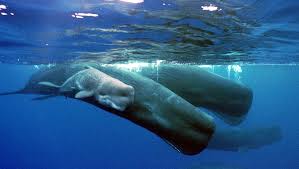
Last week we reviewed research on the three basic tastes that penguins have lost. It seems that penguins are not the species evolving out of certain senses! A recent study by a group of scientists at Kyoto University reviled that both whales and dolphins have lost certain tastes and smells. It is possible that this is the reason that cetaceans often die from ingesting ocean debris. Read more…
8. Depth of Plastic Pollution in Oceans Revealed
9. Algal Species Helps Corals Survive in Earth’s Hottest Reefs
Sea Save Foundation is committed to raising awareness of marine conservation. The Week in Review is a team effort produced by the Sea Save staff to provide a weekly summary of the latest in marine research, policy, and news.

